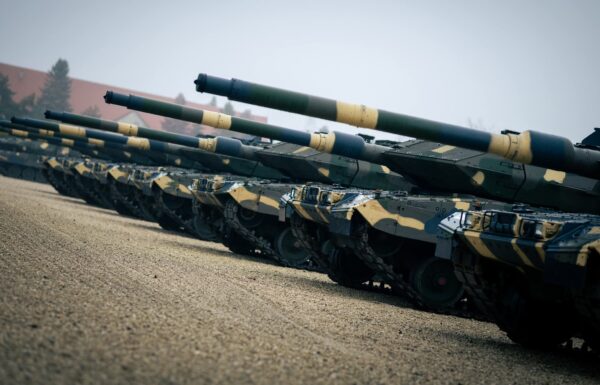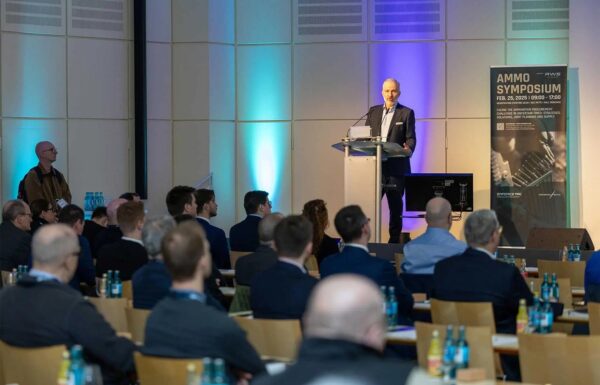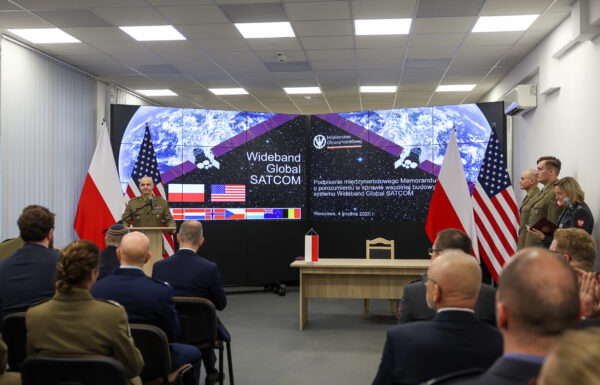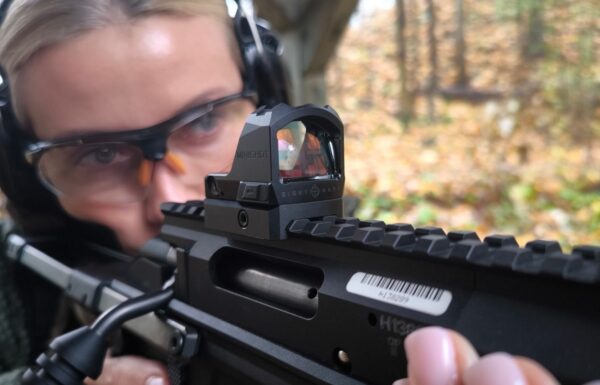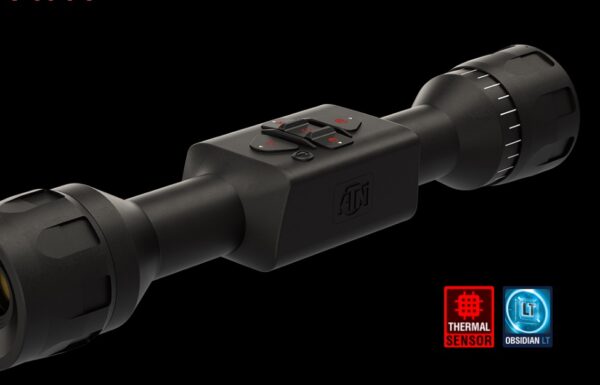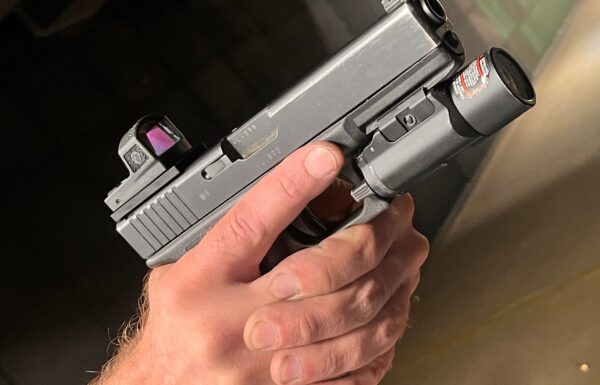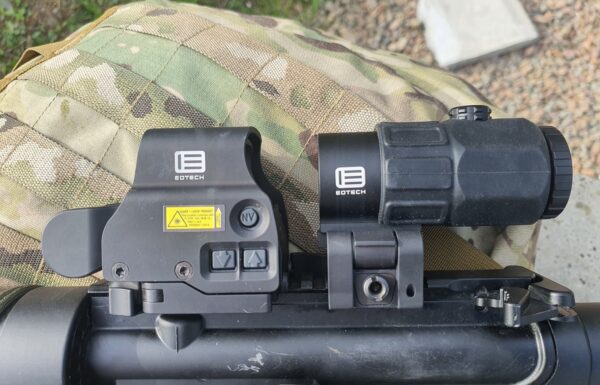Warsaw’s PCO company presented their modified DCM-1 Szafir (Saphirre) modular day scope at the MSPO in Kielce. Szafir consists of LDK-4 4×32 scope and an MK-1 red dot sight located on the scope`s tube. The modification was developed according to the requirement of Wojska Obrony Terytorialnej (WOT; Territorial Defence Force) which are a buyer in the procurement process for the modular scope.
Modified DCM-1 Szafir modular day scope debuted at the MSPO. It`s a combination of LDK-4 scope and an MK-1 collimating sight. Modifications were introduced according to the requirement of its potential user – the Polish Territorial Defence Force.
DCM-1 changes concern mostly the functionality and ergonomics. The body was slightly modified to accommodate MK-1 sight placement in front and rear position without zeroing. A composite cover for the collimating sight was introduced, as suggested by users of the previous version. This should prevent dirt from accumulating in the MK-1.
PCO also shortened the anti-reflex, honeycomb-style attachment for the scope which resulted in more light getting to the optics. The attachment is now threaded into the tube. The reticle was changed to LDK-4 to match the MSBS-5,56. Battery covers for the DCM-1 and MU-3M monocular night sight were unified.
Due to Szafir`s design with the micro red-dot sight located on the scope, it was necessary to introduce an additional rail for the MU-3M night vision scope. This way the battery compartment does not cover the MK-1 / Photo: Remigiusz Wilk
Next modification does not concern the Szafir itself but the way the MU-3M night vision monocular is attached. Originally, the MU-3M had metal rails, compatible with universal accessory rails and was fixed in place by spring-loaded latches. The problem with DCM-1 was that regardless of MU-3M location, it`s battery compartment covered the MK-1 collimator. Additional mounting rail solved the problem and allowed for the monocular to be installed without compromising of the MK-1.
PCO is currently preparing a batch of DCM-1s for final testing in Territorial Defence Force. Manufacturer representatives claim that they are open to any suggestion regarding the future improvement of the modular scope. They also point out the potential changes could be introduced while the production is already running.
Analysis
Territorial Defence Force plans to procure as many as 50.000 modular scopes. Interestingly, such a design (scope coupled with a collimating sight) wasn`t included in the Tytan programme. As MILMAG found out, PCO is ready to start deliveries within 2 years of the contract being signed, providing the agreement will be reached by the end of this year. It will take a year to start the production line and in the following year, Warsaw-based manufacturer should be able to deliver first 2000 of DCM-1s. The projected manufacturing capability for the consecutive years is 4000 units per annum. These figures can be increased if the Polish Land Forces will get interested in the DCM-1 sight.


